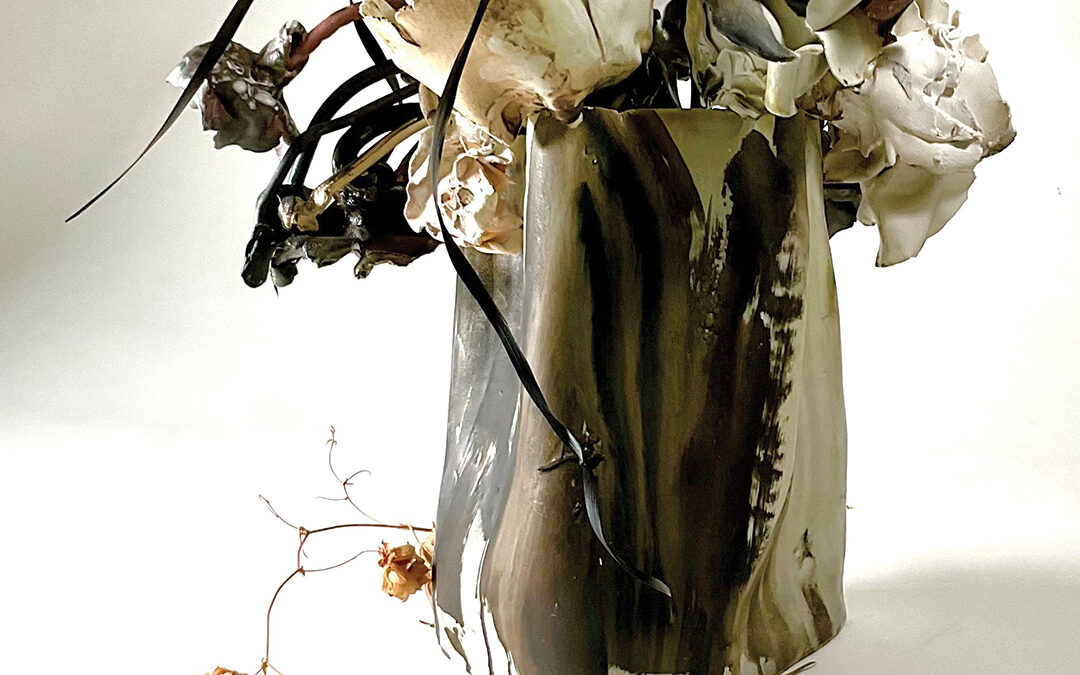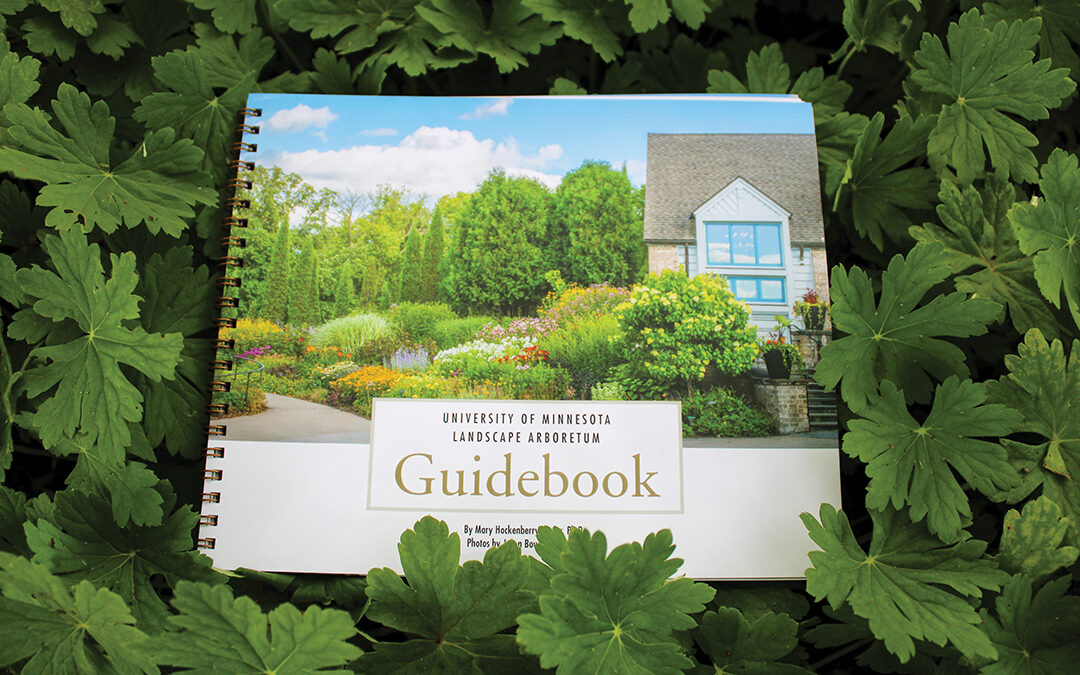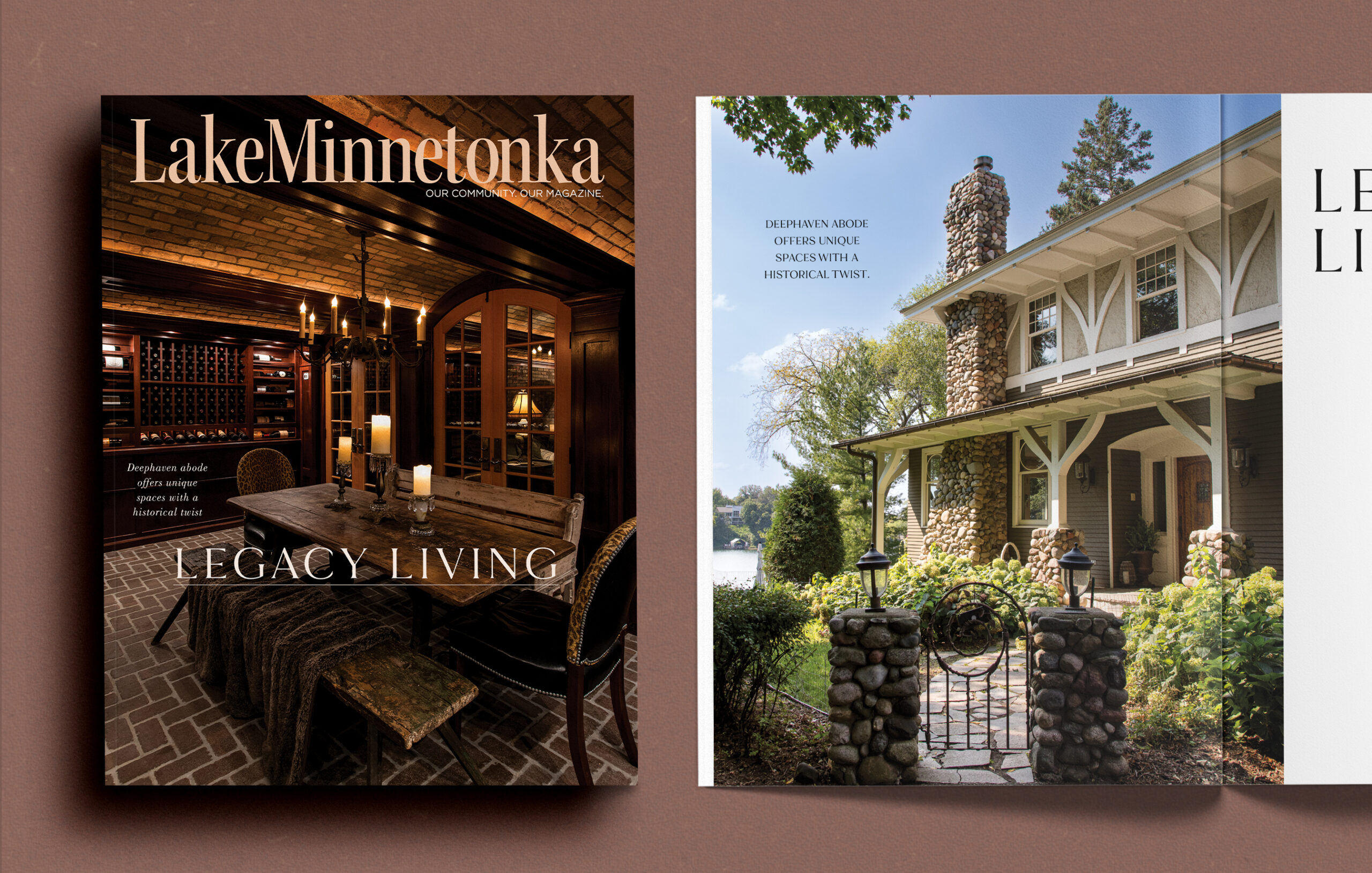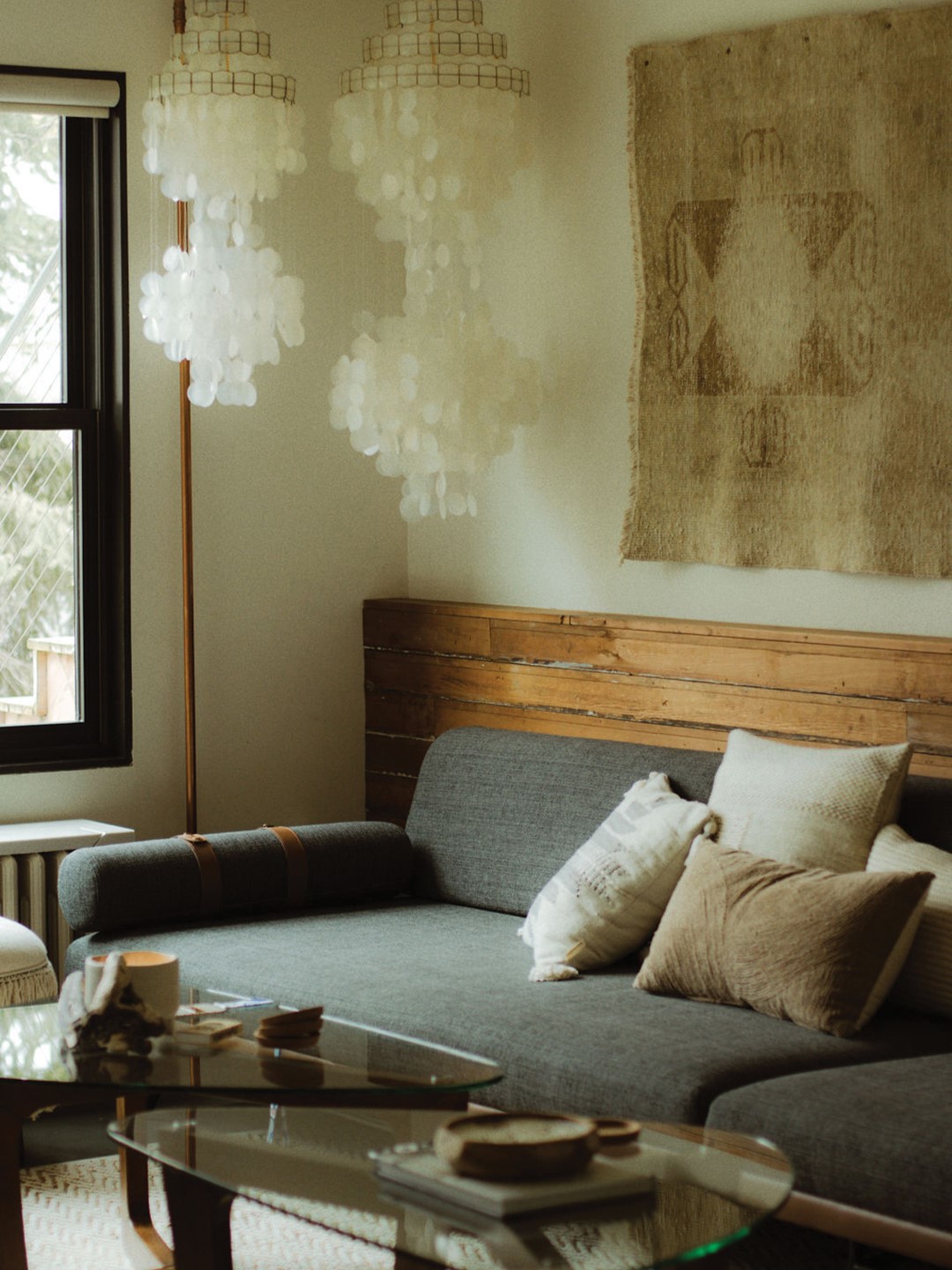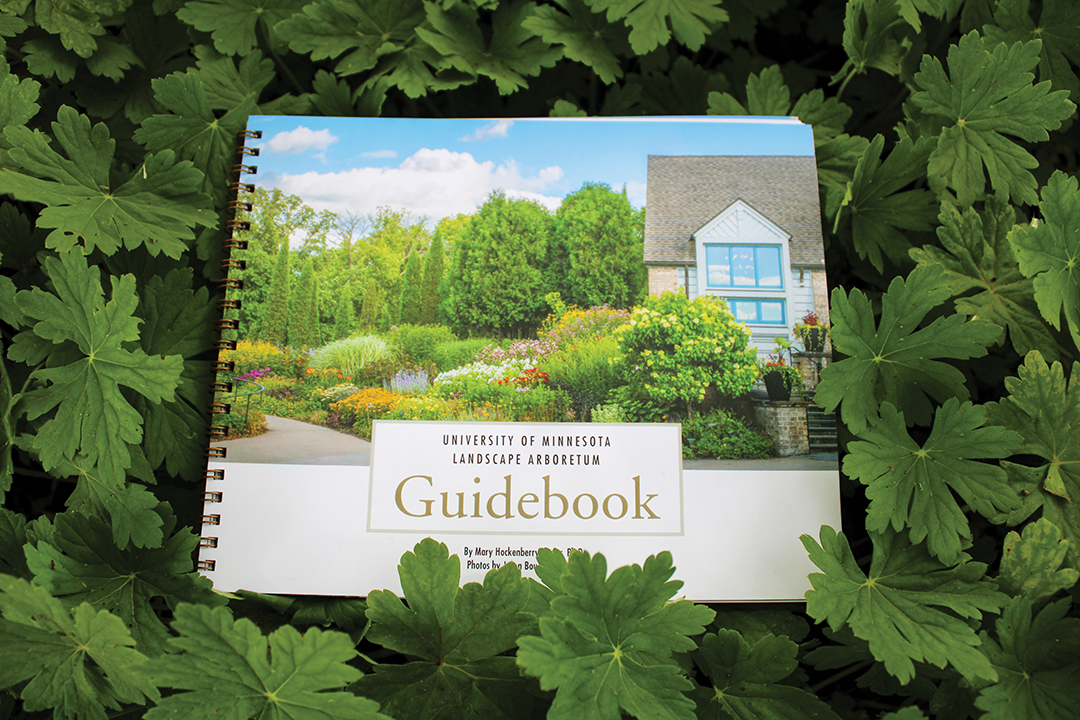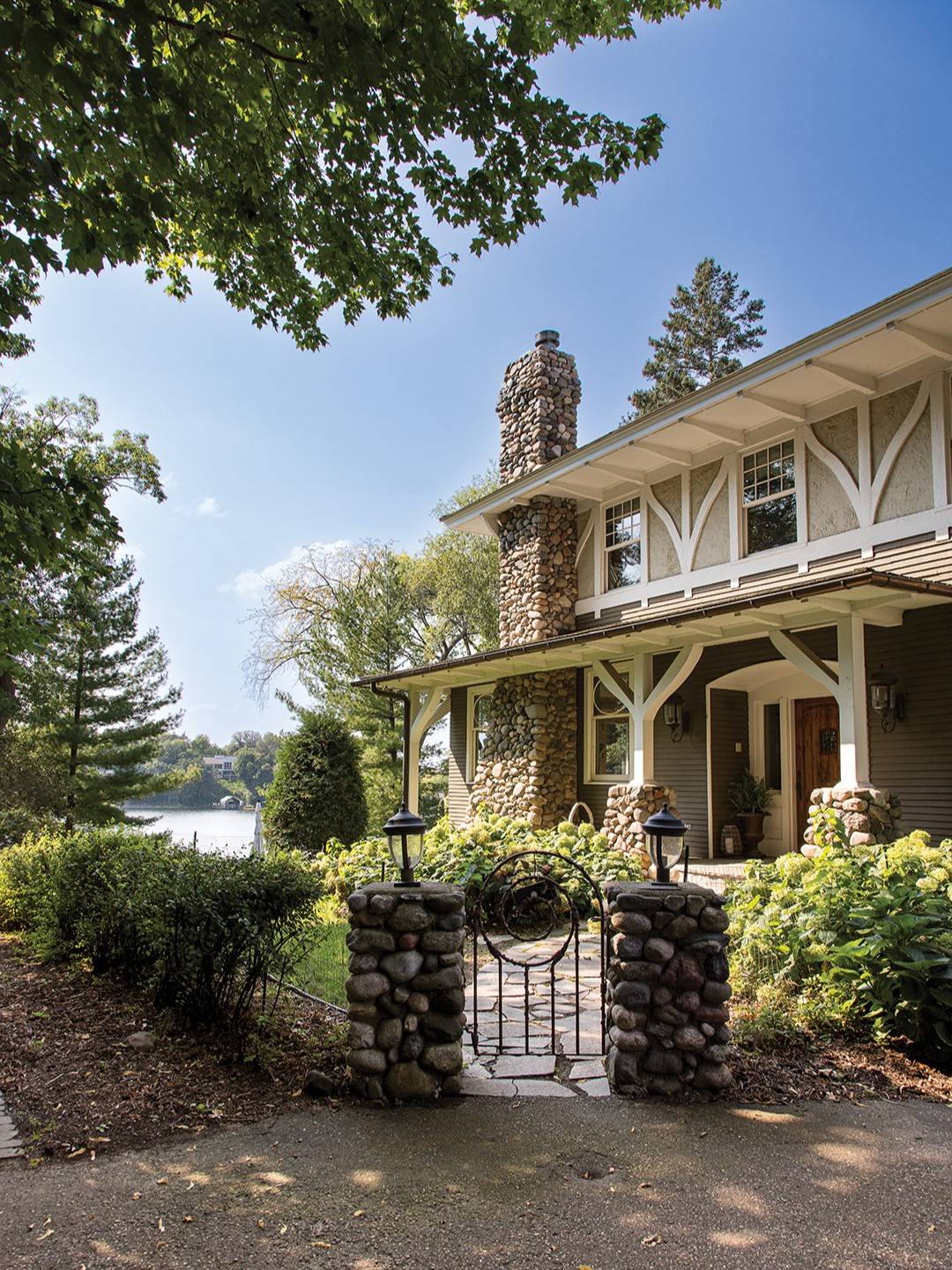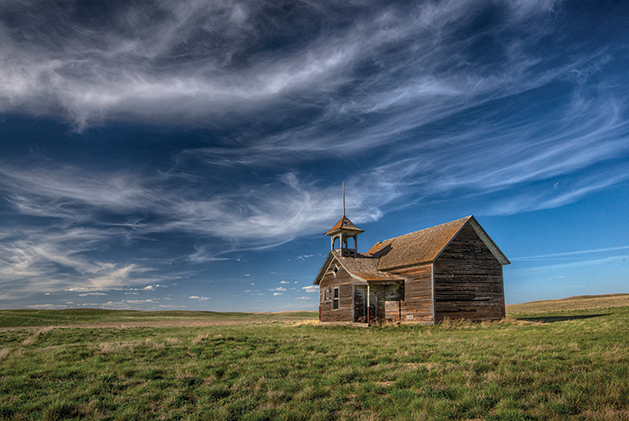
Photos: John Piepkorn
Photographer gives voice to Abandoned North Dakota.
For those who appreciate and are curious about churches, homes, schools and the like that are no longer occupied, they understand that, while those spots are termed “abandoned,” they remain full of stories told and muted, hopes lived and forgone and a silence that speaks only to those willing to turn a keen eye toward what remains.
When people like Minnetonka’s John Piepkorn enter places such as those, they do so in a way that allows the space to visually explain itself and the circumstances that led to its current incarnation. The author and photographer of Abandoned North Dakota: Glimpses of the Past (November 2020) has held a fascination with abandoned spaces since he was a child. “I attribute it to just being curious. Even as a child, it was fun to go and explore. Now, I just do it with a camera in a more organized fashion,” he says.
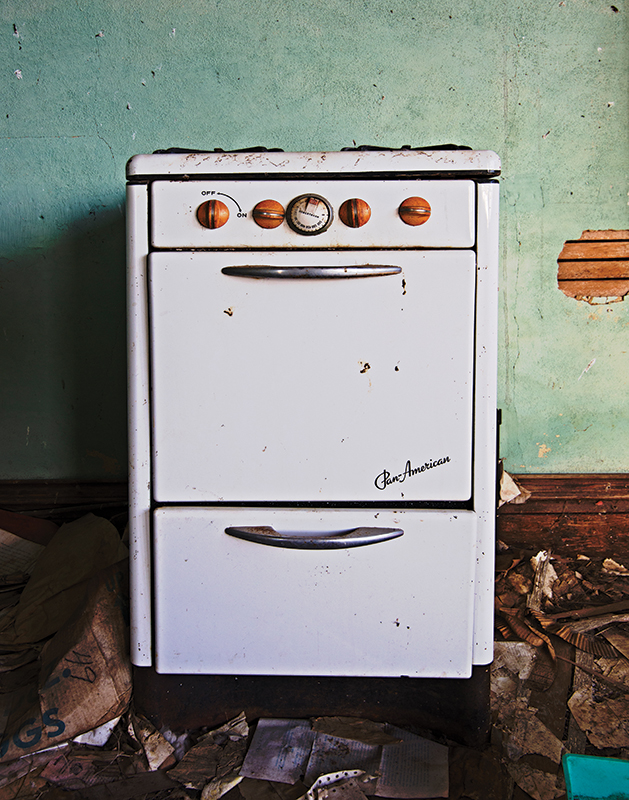
Over the last 25 years, Piepkorn has photographically documented hundreds of places, primarily in North Dakota, where he lived for a time and travels to often. “Each one has something worth documenting,” he says. “It’s a shame that so many places are abandoned and left to the elements. I like to commemorate them before they are gone forever.” The book includes 170 images, documenting over 100 places—churches, grain elevators, farmsteads, ghost towns, homes and schools.
American photographer and environmentalist Ansel Adams, Piepkorn says, is an early influencer of his photography. “[He] is probably an influence to anyone that shoots landscapes, but he also did so much work on his images in the darkroom,” he says, also crediting Anthony Worobiec, a British photographer, who has photographed abandoned places across the western U.S.
While he captures what remains and utilizes image manipulation with his photography, Piepkorn also imagines what once was. “I try to imagine how it was when the inhabitants walked out for the last time,” he says. “… I’m always amazed at what people leave behind. I’ve visited a number of one room schoolhouses that still have writing on the chalkboard from 70 years ago, documenting the number of voters that used the school as a polling place. It’s always interesting to enter a ‘time capsule’ house, where there is still a jacket hanging on a nail by the door or food and dishes in the kitchen untouched for decades.”
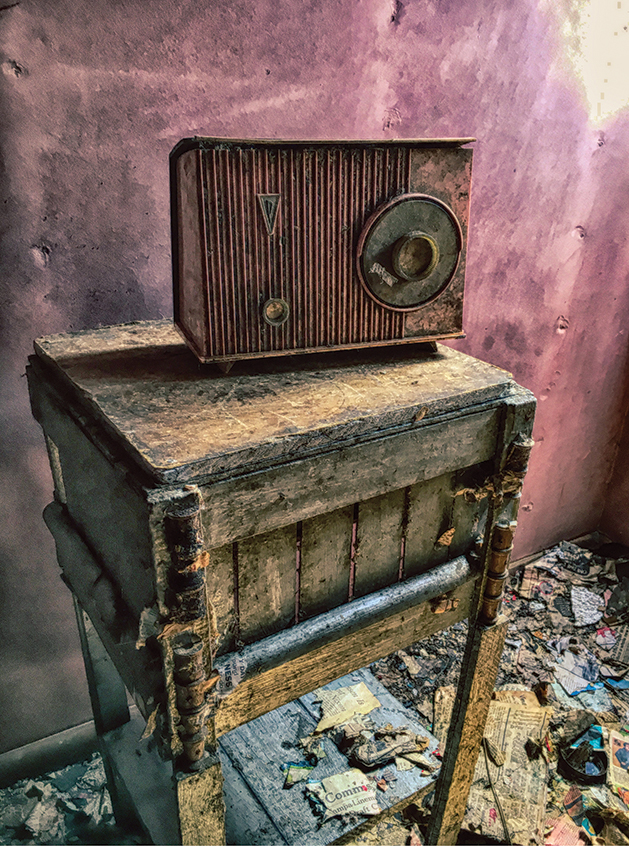
Over the years, Piepkorn has seen his share of left-behind items: chrome decked stoves from the ‘40s and ‘50s, calendars from local implement dealers and a cigarette machine (30 cents a pack). “One of the saddest things I’ve found has been a small fenced-in grave plot, where two infant girls were buried in the yard of a farmstead back in 1913,” he says.
While items offer small windows into long ago lives, Piepkorn has, on occasion, learned more. “I sometimes hear from people that attended a schoolhouse or church that I’ve posted and, once in a while, from relatives of the families that occupied particular homes,” he says. “Most of the time, an elderly person passes on, and no relative wants to live in an older home. Other times, the fact that a farm of 160 acres was not profitable enough to sustain a family caused people to sell, and the house became abandoned as part of another farmer’s fields.”
Of all the spaces Piepkorn has photographed, he says it’s difficult to choose a favorite. “If I had to pick a favorite just for its locale, I would pick one on the schools I photographed in [northwest] corner of North Dakota,” he says. “It was so close to Canada my phone was saying, ‘Welcome to Canada,’ and it was all by itself on the prairie—set against a beautiful blue sky with some wispy clouds.”
Piepkorn has had three exhibitions of his work at the Hopkins Center for the Arts and hopes to do so again. He also is working on a proposal for Abandoned South Dakota.

